
Italy, Part 2
During the 17th and 18th centuries, many young men went on a ‘Grand Tour,’ a journey through the heart of Europe to learn more about the history and culture of continent. Last year I did my own version of this, spending the better part of a month traveling through Italy with a friend. I’ve already documented the first half of my trip; here are some highlights from the remainder.
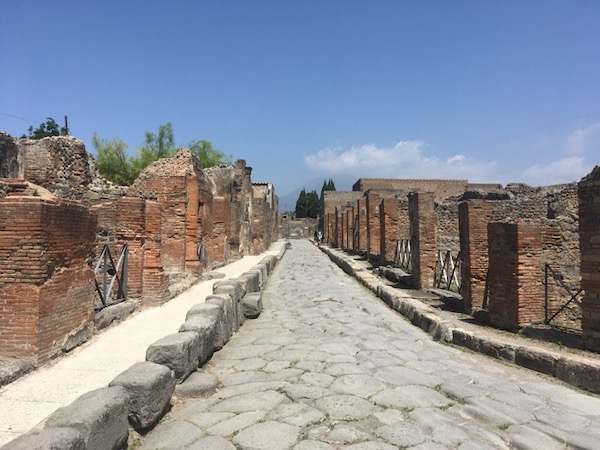
For me, visiting Pompeii was the equivalent of being a child let loose in a candy shop. When else can one walk the streets of an entire ancient city? Pompeii, a city of around 12,000 was buried in ash during the eruption of Mt. Vesuvius in 79 AD.
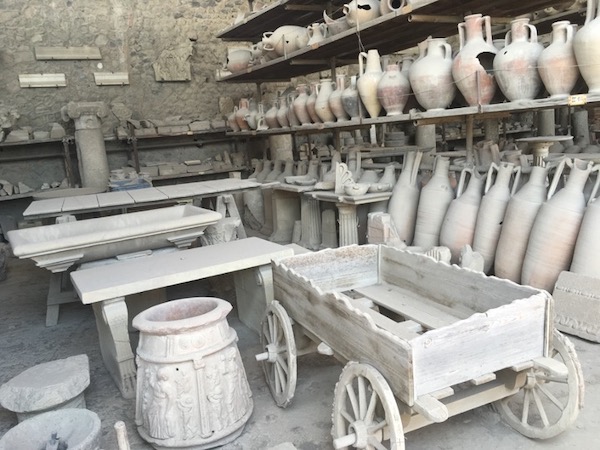
While most of the artifacts have been removed from Pompeii and placed in Museums, there are still plenty of ancient remains that were buried in the ash, including not a few human remains.

As an example of the architecture that one can find in Pompeii, here is the interior of a Roman home, complete with the faded painting which it once sported.
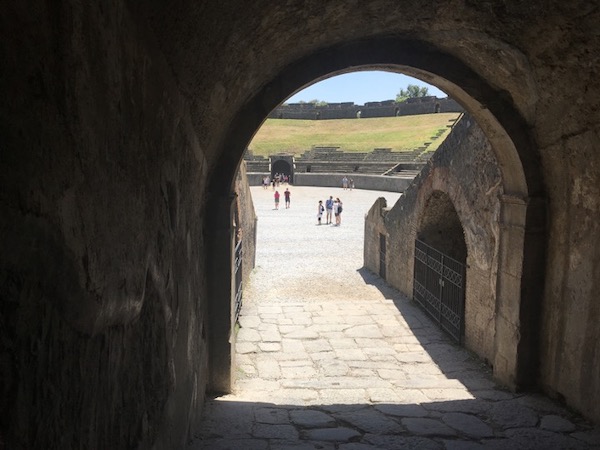
A view into the arena of Pompeii.

Florence was at the heart of the Italian Renaissance; it was here that Michaelangelo painted and sculpted while the Medici propagated a humanistic revival.
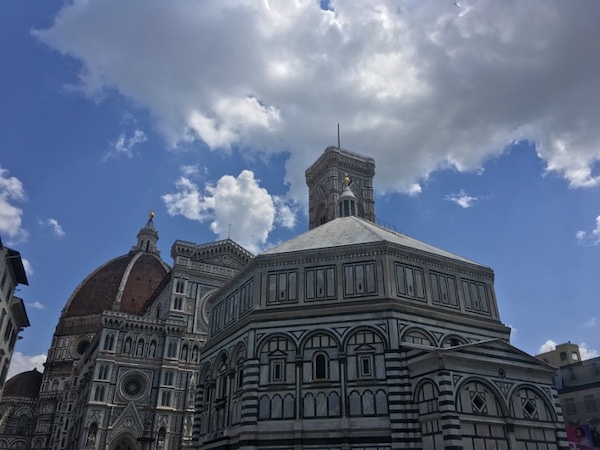
The Florence Cathedral is one of the most impressive sights in the city, even if the interior is not as stunning.
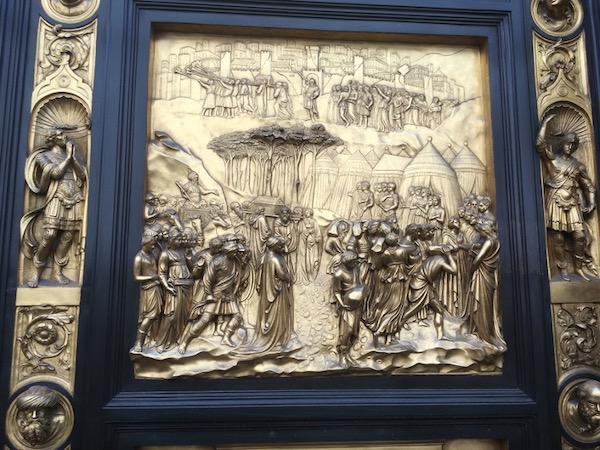
In 1401, the Italian Renaissance began when a competition was announced. New doors were needed for the Cathedral’s Baptistery. The winner, Lorenzo Ghiberti, created these stunning 3-D visuals, and inaugurated a new era of arts and culture for the western world.

The Medici family held near-total control of Florence for much of the time of the Renaissance. This illustrious family used their power to obtain control of the Papacy as well, and they spared no expense in designing such wonders as this private chapel.
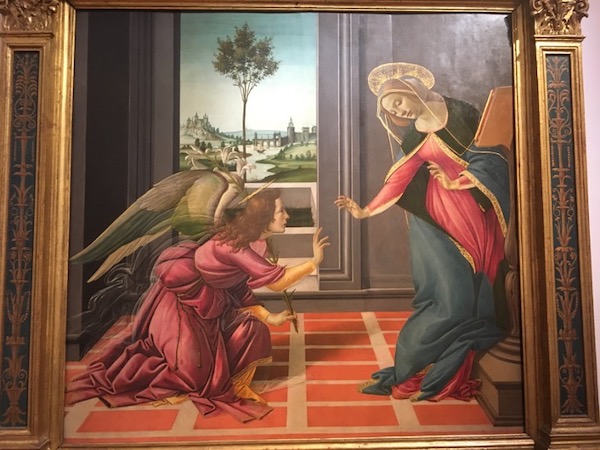
I got more than my fill of Renaissance art during my time in Florence!
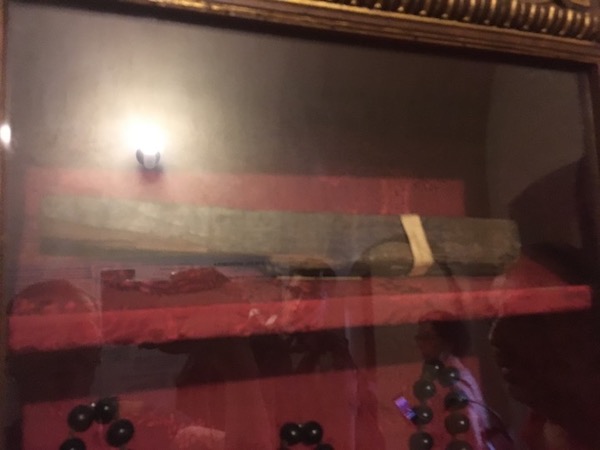
In the midst of the moral decadence of Florence, Girolamo Savonarola – one of the ‘pre-reformers’ – spoke out against the corruptions of the church. He was burnt at the stake on May 23, 1498. Here is a scrap of the wood from that burning. His story still has much to teach us.
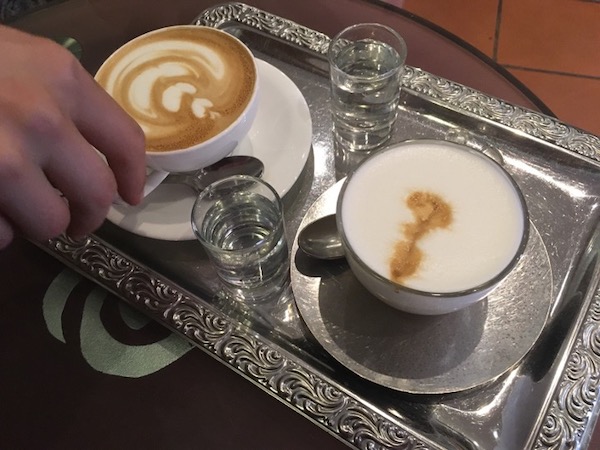
I didn’t find as much history in the city of Bologna, but I did enjoy some excellent Italian coffee in one of the great ‘foodie’ cities of the world!
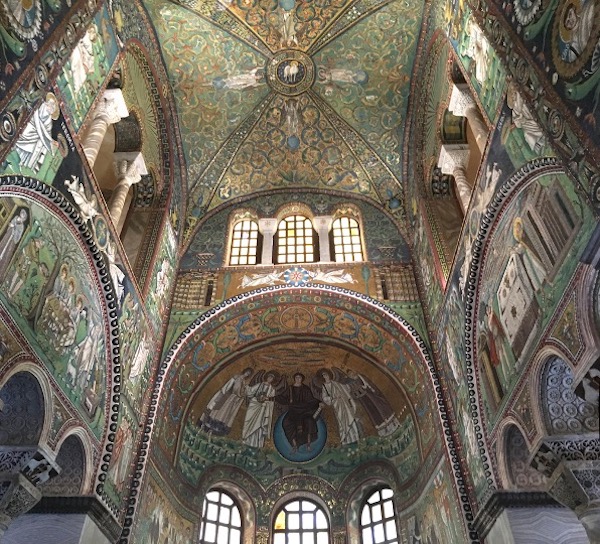
The city of Ravenna was the capital of the western side of the Roman Empire from 402 – 476. It contains eight sites on the world heritage list, each one featuring stunning Byzantine mosaics. Here, in the Basilica of San Vitale, one is astonished by the dazzling displays of color.
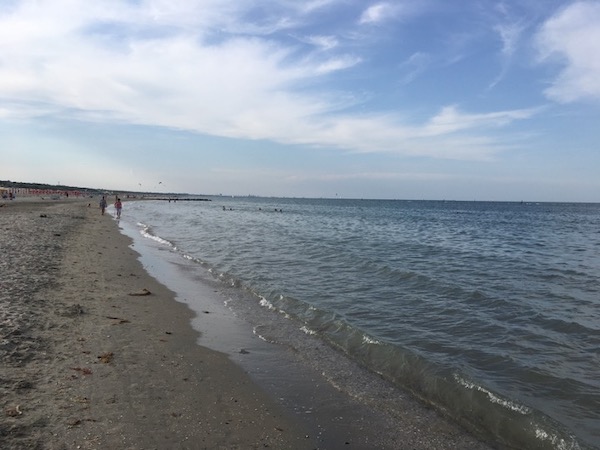
Ravenna is on the coast of the Adriatic, opposite the Balkans.

While I certainly had a great time, much of this trip consisted of the hard work of traveling. Generally, this means carrying a huge pack on my back as I walk for miles down city streets in the Italian sun!
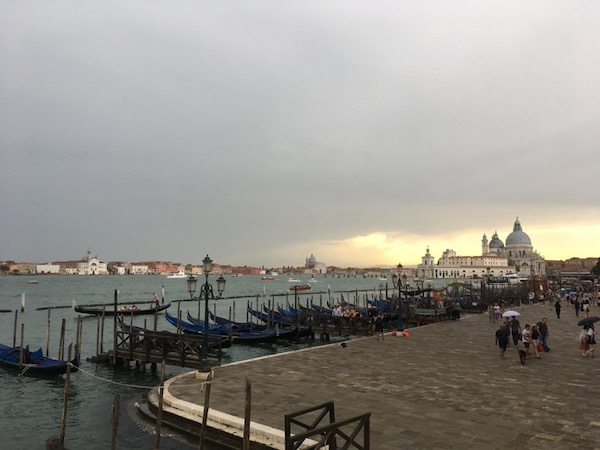
Venice flourished on the eastern coast of Italy during the Medieval period. The city is actually built on a number of islands off the coast of the mainland. The Venetian Republic battled the Ottoman Turks in the early modern period. They were expert seafarers, and their navy was exceptional; at their height, the Republic could build a new warship every day.

Venice grew wealthy because the spices from the east were transported through her territory into Europe. When Christopher Columbus opened up a new trade route – by heading west rather than east – the revenue of the Republic dried up. Still, the city was so wealthy that she remained a cultural icon through Europe until the end of the 18th century. It was here was Vivaldi composed his famous baroque music.
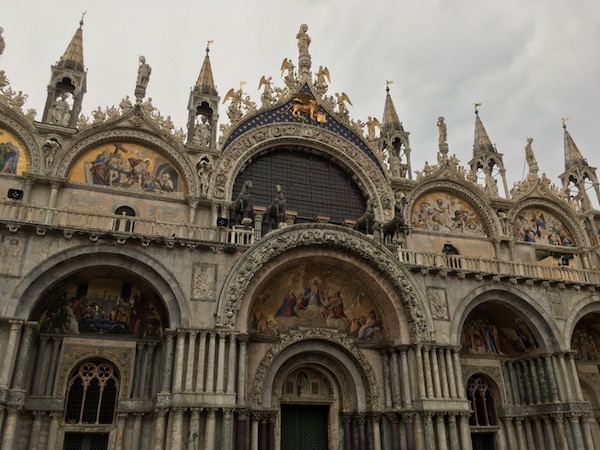
St. Mark’s Basilica is the Cathedral church of Venice. The building has suffered damage because of flooding in the city – a common occurrence, but increasingly worse in the last few years.
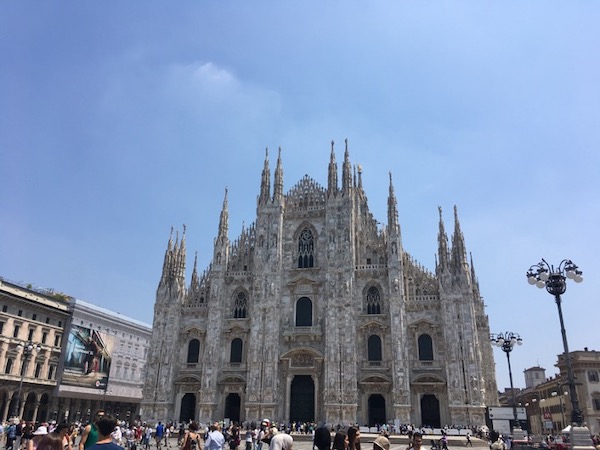
The Milan Cathedral in northern Italy is stunning!
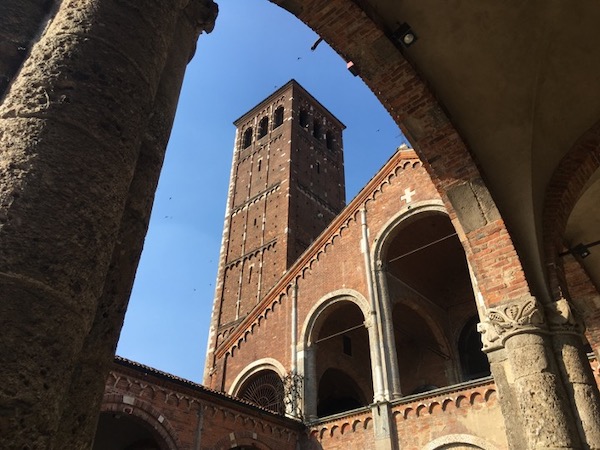
The Basilica of Sant’Ambrogio holds the remains of St. Ambrose, the same archbishop who baptized St. Augustine.

We enjoyed a visit to the roof of the Milan Cathedral. Here one can observe stunning views of the city of Milan – it is considered a leading global city, with a metropolitan area that is the fourth largest in the European Union.
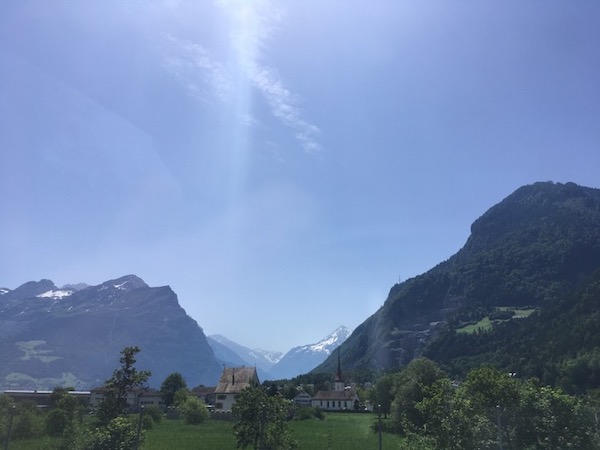
Before heading home, we had a beautiful journey through the Swiss Alps, by bus.
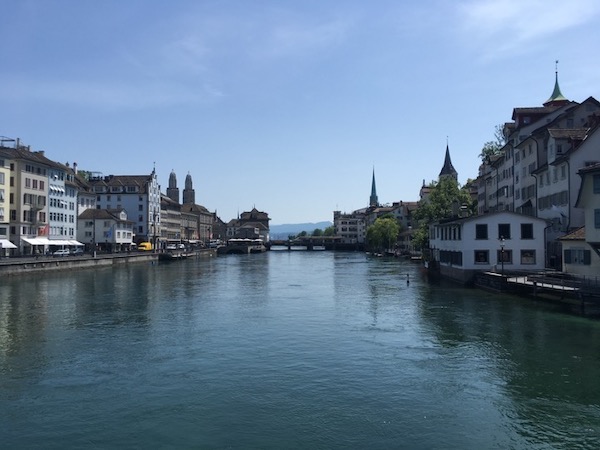
We also enjoyed a visit to Zurich. A visit to the Grossmunster – the church at which the Reformer Zwingli preached – showed the stunning difference between Catholic and Protestant church buildings. The stark lack of ornamentation in the Grossmunster was especially remarkable in comparison with the opulence of the Italian cathedrals.
I hope you enjoyed this recap of my Italian ‘Grand Tour.’ I’d love to hear your thoughts and question in the comments below!



